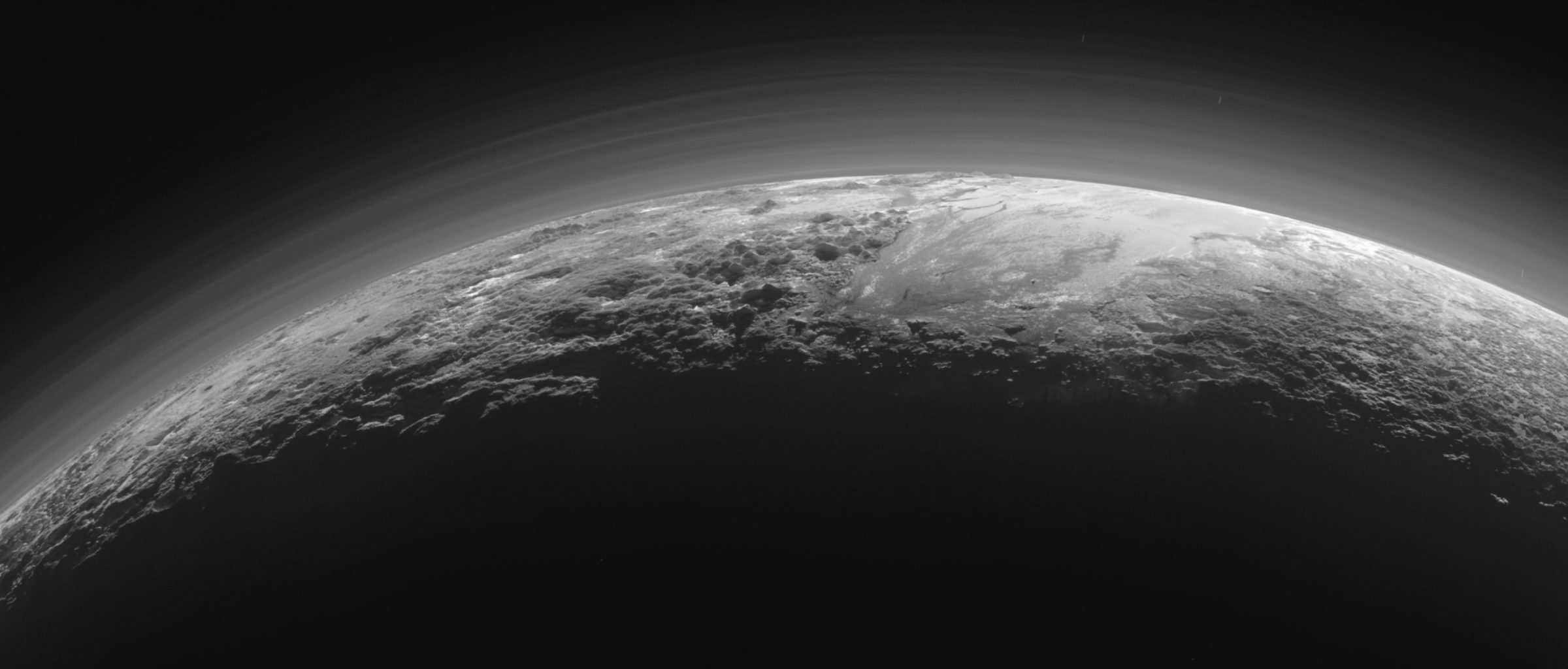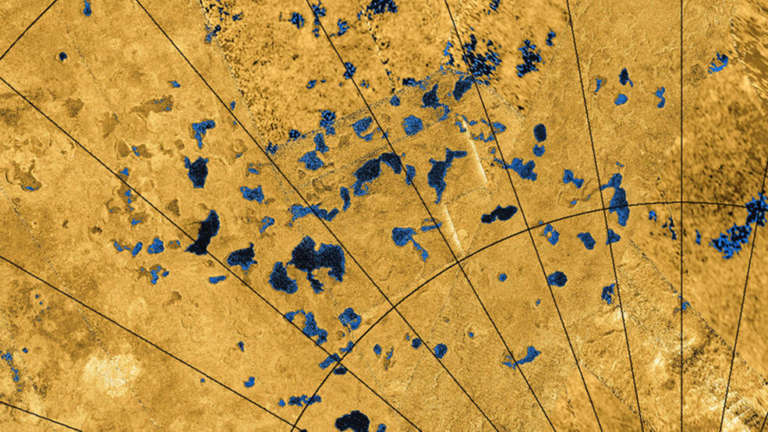Planetary Radio • Nov 15, 2016
Pluto and Titan and Iran, Oh My!
On This Episode

S. Sona Hosseini
Research and Instrument Scientist for Jet Propulsion Laboratory

Rosaly Lopes
Senior Research Scientist/Manager for Planetary Science for Jet Propulsion Laboratory

Mike Malaska
Scientist for Jet Propulsion Laboratory

Jani Radebaugh
Professor of Geological Sciences for Brigham Young University
Back to the annual meeting of the AAS Division for Planetary Sciences this week, where Mat Kaplan visited with experts on worlds of ice including Titan and Pluto, with a side trip to the dunes of Iran. Emily Lakdawalla checks in from a planning session for the next camera that will land on Mars. Bill Nye considers the outlook for space exploration in the Trump administration. Our What’s Up segment travels to a moon of Saturn to find characters from the Lord of the Rings.


Related Links:
- DPS 48/EPSC 11
- The Mysterious ‘Lakes’ on Saturn's Moon Titan
- The New Horizons Pluto Mission
- Science: New observatory aims to put Iranian astronomy on the map
- Great Whirling Jupiter
- Mastcam-Z 2020 Mars Rover Camera
This week's prizes are a lovely men’s or women’s Planetary Radio t-shirt, a Planetary Society rubber asteroid, and a 200-point iTelescope.net astronomy account.
This week's question:
On what date will be the next full moon that is closer to Earth than the one we just experienced on November 14, 2016?
To submit your answer:
Complete the contest entry form at http://planetary.org/radiocontest or write to us at [email protected] no later than Tuesday, November 22nd at 8am Pacific Time. Be sure to include your name and mailing address.
Last week's question:
What supernova did famous astronomer Tycho Brahe observe?
Answer:
The answer will be revealed next week.
Question from the week before:
Like the Lord of the Rings? Let’s play “Where in the Solar System.” Where in the solar system is Gandalf Colles?
Answer:
Gandalf Colles is on Saturn’s moon Titan


 Explore Worlds
Explore Worlds Find Life
Find Life Defend Earth
Defend Earth


